The 10 Biggest 5G News Stories Of 2021 (So Far)
With 5G-capable devices hitting the market, partnerships between technology and service providers emerging, and carriers aggressively covering the nation with their 5G footprints, 2021 has been the year that 5G has gone from buzzword, to mainstream.

5G Has Entered The Room
2021 is proving to be the year that 5G moves from buzzword to mainstream.
5G’s blazing-fast speeds and significantly lower latency technology is actually being put into practice this year in a real way as the country’s largest carriers build out their 5G networks and extend service into new cities and regions. Not to mention, 5G-capable smartphones, laptops, and tablets hit the market this year, so consumers and business users alike are getting to experience 5G service for themselves.
While 5G was a consumer play in the beginning, service providers have been prioritizing business use cases this year with the introduction to 5G for business internet services from the likes of AT&T, T-Mobile, and Verizon. But it’s not just the biggest wireless providers making news. 5G-focused startups are entering the game, including companies offering infrastructure, to those making private 5G connections a reality for businesses of all sizes and powering IoT and edge computing use cases.
Here are 10 of the biggest 5G news stories that turned our heads in 2021, so far.
For more of the biggest startups, products and news stories of 2021 so far, click here.

10. Private 5G Startups Emerge
While the country’s largest carriers were making headlines in the 5G arena, 5G-specific startups were emerging with new infrastructure and connectivity options for service providers and enterprises.
One such startup that burst onto the scene this year was Celona, a company that offers a private LTE/5G platform that gives enterprises a software-based approach to building their own, private cellular networks. The company also has a strategic partnership with Aruba Networks for the reselling of Celona’s cellular products and is actively pursuing the channel as its primary route to market.
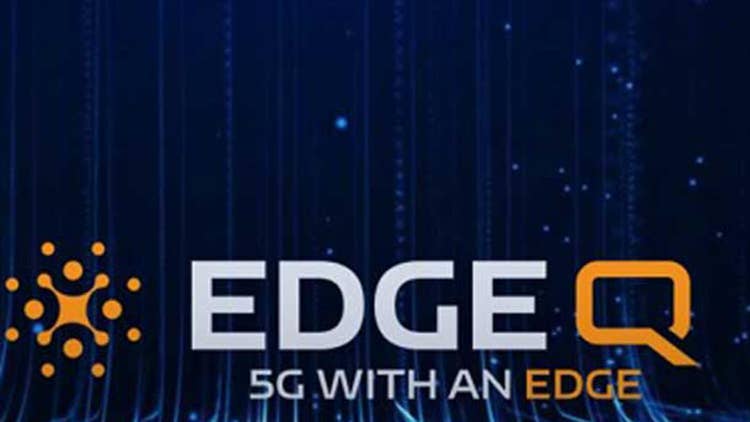
9. 5G ‘Systems-On-A-Chip’ Provider EdgeQ Exists Stealth Mode
EdgeQ, a self-proclaimed 5G systems-on-a-chip company, emerged from stealth mode in 2021 with plans to bring AI to the edge of the network with 5G.
In June, the Santa Clara, Calif.-based company introduced what it referred to as the industry’s first 5G chipset-as-a-service model, which the company said gives customers a future proof platform that can scale 5G and AI features via subscription payments. This new service model is the very first in the chip industry to scale price, performance, and features as a function of need and use, EdgeQ said.
The company today is taking on Intel in the 5G infrastructure space. The company is targeting manufacturing, construction, energy, automotive, warehousing and surveillance verticals with its platform.
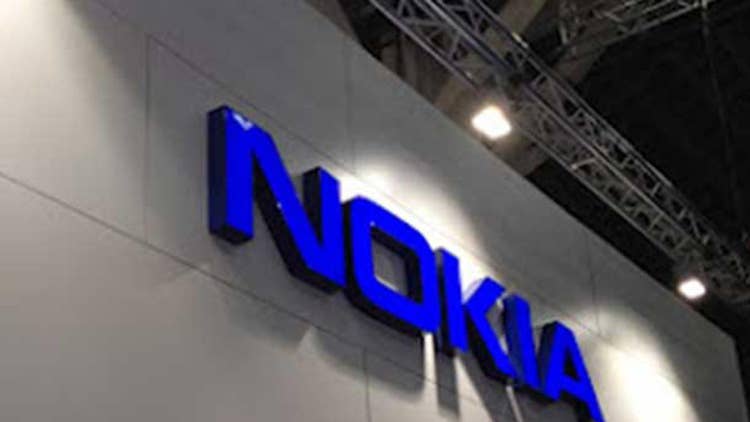
8. Nokia Carries Out 5G-Focused Restructuring Plan
Telecom and consumer electronics giant Nokia in March revealed plans to company-wide restructuring to help the firm better compete against the likes of its global telecom competitors that are going big in the 5G space, including its competitors Ericsson and Huawei.
Unfortunately, that plan including cutting up to 10,000 jobs that would leave Nokia with a workforce of between 80,000 to 85,000 compared to about 90,000 employees the company had at the start of 2021. The company said it will use its salary-related funds to fuel 5G research and development.
The job cuts and company overhaul is being implemented this year and into 2022, according to the Espoo, Finland-based company.
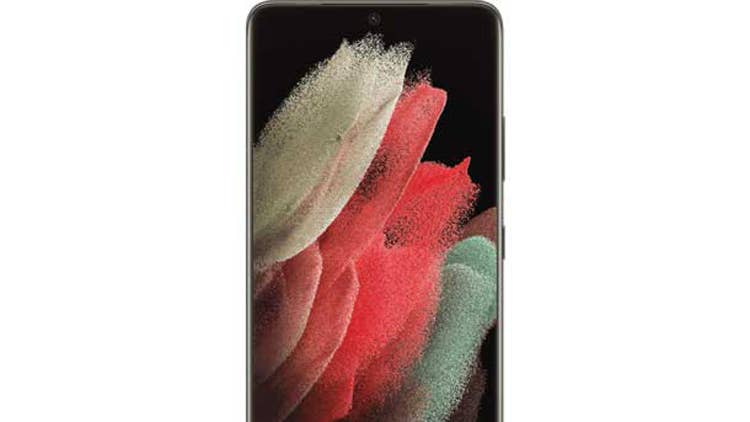
7. 5G Devices Go Mainstream
5G has been mostly a buzzword for the last several years, but 2021 was the turning point when 5G-capable devices really started hitting the market.
And it’s not just 5G smartphones. Many vendors are also loading the market with 5G-capable laptops, tablets, and 2-in-1’s, include Apple, Dell, Google, Samsung, and HP. Also joining the fray are technology manufacturers such as LG and Lenovo.
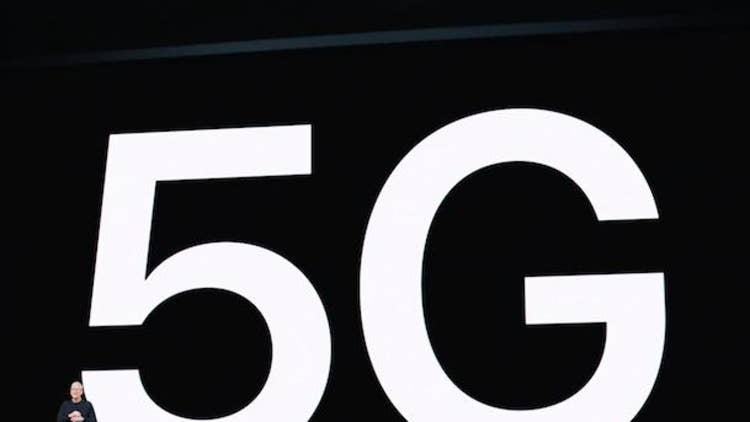
6. Verizon Expands 5G Business, Residential Footprint
At the beginning of the year, telecom behemoth Verizon pledged to aggressively grow its 5G footprint and “nearly double” the amount of Verizon 5G availability in the U.S. during 2021. By June, the carrier
brought 19 new cities onto Verizon 5G Business, its fixed wireless connectivity offering.
Today, the Verizon 5G Ultra Wideband network is live in parts of 42 major cities including Los Angeles, Denver, Phoenix, Dallas, Houston, Chicago, Boston, New York, Atlanta, Miami, and Philadelphia, to name a few. The Basking Ridge, N.J.-based carrier said it expects to have its 5G Ultra Wideband network available in parts of over 80 cities in the U.S. by the end of 2021.
Verizon is offering its 5G Business Internet service through its channel partners.
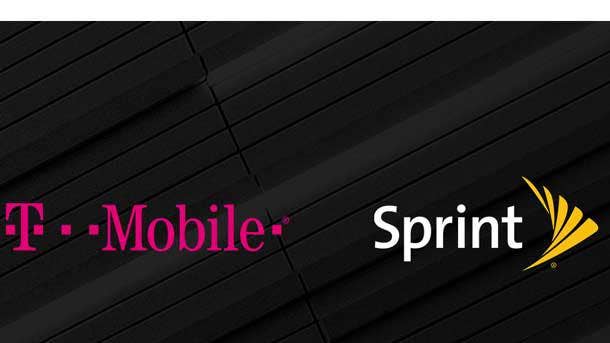
5. T-Mobile, Now With Sprint, Has Largest 5G Footprint
The Bellevue, Wash.-based carrier considers itself “uniquely equipped” to deliver on the promise of 5G, because now that it’s combined with Sprint, the carrier said it has the largest 5G network in the U.S. with more than 1.6 million square miles covered — two times larger than AT&T’s 5G network and nearly four times larger than the Verizon 5G network, T-Mobile said in March.
The carrier’s 5G network covers 90 percent of Americans and the most interstate highway miles in the U.S. According to an April Opensignal report, T-Mobile came in first place for fastest 5G network when compared against competitors AT&T and Verizon.

4. T-Mobile Wins Fastest 5G Download Speed, Availability, Verizon Wins In 5G Consistency
In July, Speedtest by Ookla, a web service that provides free analysis of Internet access performance metrics each quarter, released a report of the three biggest wireless carriers in the country — AT&T, T-Mobile, and Verizon — which included tests taken only on 5G.
Ookla found that T-Mobile achieved the fastest median 5G download speed during Q2 2021 at 99.84 Mbps, a 21.2 percent increase over Q1 2021. That’s compared to Verizon in second place at 78.33 Mbps and AT&T with 75.61 Mbps. Also during Q2 2021, T-Mobile had the best 5G availability (the percentage of users on 5G-capable devices that spend time on 5G) at 69 percent, compared to AT&T, with 38.4 percent and Verizon in the third spot at 35.3 percent.
In terms of 5G consistency — the ability of a carrier to provide consistent speeds over a 5G connection — a shakeup in the rankings showed that Verizon took the top spot at 79.5 percent, with T-Mobile trailing slightly at 78.6 percent and AT&T at 77.1 percent.
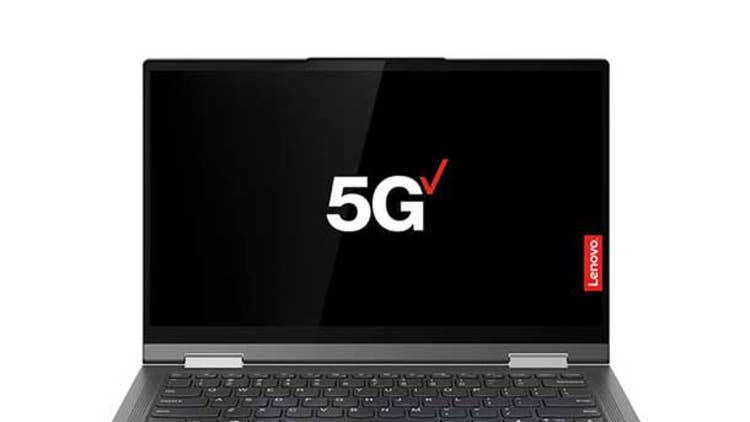
3. Carriers Launch 5G for Business Users
A buzzword that was particularly associated with consumer applications, 5G for business users became a reality this year as carriers began showcasing their next-generation cellular offerings designed with businesses in mind.
Verizon, for one, launched a private 5G network for enterprises and the public sector in June called On Site 5G. Verizon’s existing On-Site LTE customers can upgrade to On-Site 5G now. The carrier last month claimed to be the first carrier to the market with a commercially available private 5G network in the U.S. for business use cases specifically.
Rival T-Mobile, on the other hand, in March unveiled a three-piece portfolio of solutions geared toward enterprises working from home. One of the solutions included T-Mobile Enterprise Unlimited, wireless plans with unlimited 5G that the carrier said competes with the other wireless carrier’s shared, or pooled cellular plans.
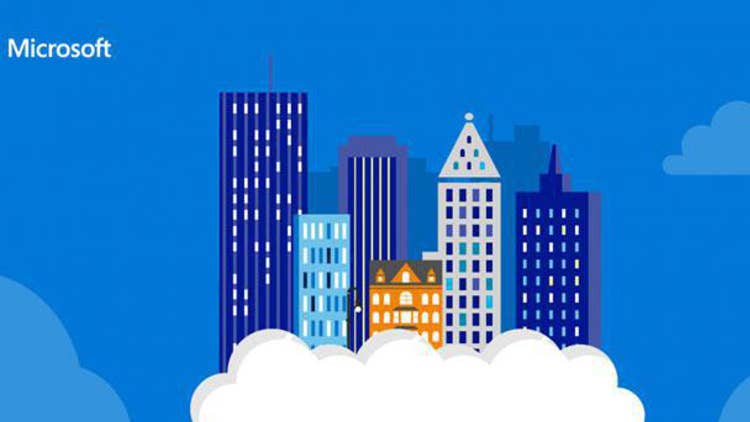
2. AT&T Moves 5G Network To Microsoft Azure
AT&T was busy this year forming alliances to further its 5G mission. In June, the telco inked a deal with Microsoft that will bring AT&T’s 5G workloads to the Azure for Operators platform. The deal gives AT&T access to Microsoft cloud, artificial intelligence and edge technology to assist with launching new 5G-enabled services, the two companies said.
The 2021 deal builds on a pact that was forged in 2019 by AT&T and Microsoft for a a multiyear partnership to support each other in cloud and 5G, a partnership valued at more than $2 billion.
The Dallas-based telecom giant says that its 5G network today reaches more than 14,000 cities and towns across the U.S.
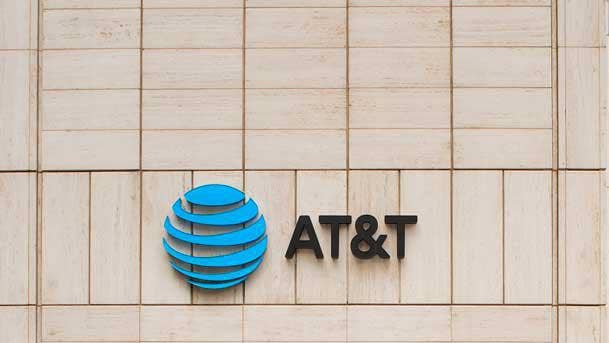
1. AT&T Furthers Google Partnership For 5G
Several days later in July, AT&T and tech behemoth Google revealed it was making good on its previously-announced partnership by launching two new IT offerings for businesses that build on the companies’ joint 5G and edge computing venture.
The two solutions use AT&T’s on-premises Multi-access Edge Compute (MEC) offering and the carrier’s Network Edge (ANE) capabilities through LTE, 5G, and wireline, as well as Google Cloud’s Edge Compute portfolio. The solutions will target a variety of verticals, including retail, healthcare, manufacturing, entertainment, according to the two companies.
The first solution, MEC with Google Cloud, is a fully managed offering that enterprises can use to build and run modern applications close to their end users either on-prem, in a data center or cloud. MEC with Google Cloud combines AT&T’s 5G and MEC technology with Google Cloud capabilities, including Kubernetes, artificial intelligence (AI), machine learning (ML), data analytics, and the tech giant’s ISV ecosystem. The second offering, AT&T Network Edge (ANE) with Google Cloud lets enterprises deploy apps at Google edge points of presence (POPs) which are connected to AT&T’s 5G and fiber networks.